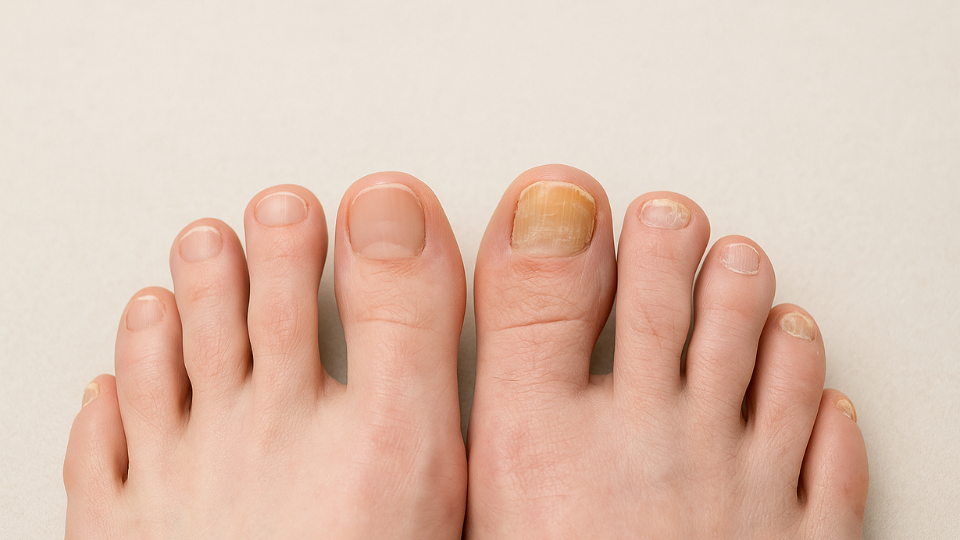Is Toenail Fungus Hereditary? What You Need to Know About Family Risk
Wondering if toenail fungus runs in your family? Learn about genetic risk, causes, and prevention from the podiatry specialists at FAS The Woodlands.

If you’re partial to wearing a great-looking pair of high heels, you may also be prone to painful bunions. Learn more about what bunions are and how your shoes may be contributing to this painful condition.
It’s estimated that one in three Americans has bunions, a painful foot condition that can ultimately become debilitating. Unfortunately, many people don’t realize that the shoes they wear may be at the root of their bunion pain — especially women who prefer high heels.
Our experienced podiatrists at Foot & Ankle Specialists, with locations in Houston, The Woodlands, and Huntsville, Texas, understand how bothersome bunions can be. We offer a range of treatments to ease bunion pain and other symptoms that prevent you from walking comfortably.
Our providers also take a proactive approach to foot care to keep your risk low for future bunion complications.
A bunion is a foot deformity that develops when too much pressure on your big toe forces it sideways toward your other toes. This results in a noticeable and painful bump on the side of your foot at the base of your big toe.
If left untreated, a bunion can gradually worsen until the joint of your big toe bends outward and the bump becomes even larger and more painful.
Not only can a bunion make walking difficult, but you may also find that it’s impossible to wear any type of shoe. Other common side effects of a bunion can include:
You may also experience tingling sensations or numbness in your toes that worsens over time.
One of the leading causes of bunions is ill-fitting shoes. If you wear shoes that are too tight or too narrow, more pressure is put on your big toe joint.
High heels are notoriously narrow, and they also force your toes into an awkward position. Wearing high heels frequently or for long periods of time increases your risk of developing painful bunions at a faster pace. You may also be at an increased risk for serious joint damage in your big toe because of your choice in footwear.
Even if you don’t wear high heels, you can still develop bunions if your shoes don’t provide enough room for your feet and toes.
If you develop a painful bump on the side of your big toe, it’s important that you schedule an evaluation at Foot & Ankle Specialists as soon as possible. Early diagnosis and treatment can prevent the worsening of your condition and symptoms.
Once you develop a bunion, you need treatment to realign your big toe joint and prevent a permanent deformity.
In the early stages of a bunion, you might find effective pain relief by using custom orthotic shoe inserts that take pressure off your toes. Our providers can also suggest footwear that provides ample room for your toes.
You may find pain relief with over-the-counter or prescription medications. However, you should expect to undergo surgery at some point to correct the bend in your big toe.
Our providers offer minimally invasive bunion surgeries, including the dynaBunion® and miniBunion® procedures, to treat painful bunions with minimal downtime.
Call the Foot & Ankle Specialists office near you to schedule an evaluation for painful bunions or Request an appointment today.

Wondering if toenail fungus runs in your family? Learn about genetic risk, causes, and prevention from the podiatry specialists at FAS The Woodlands.